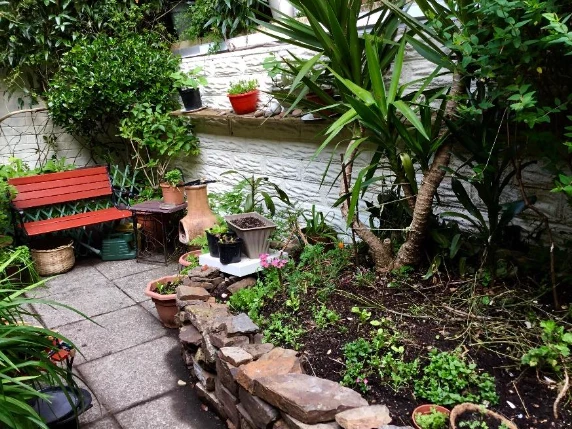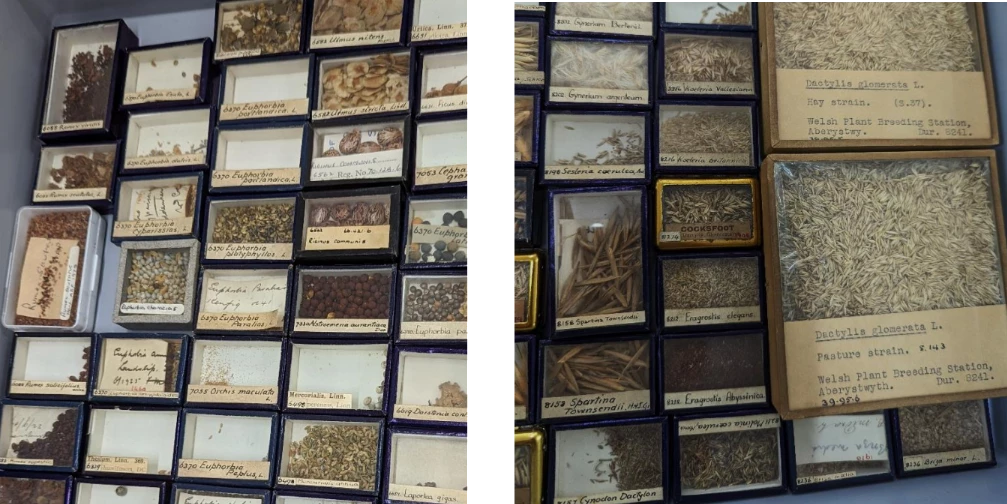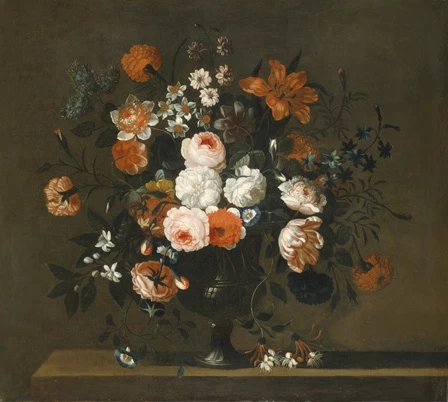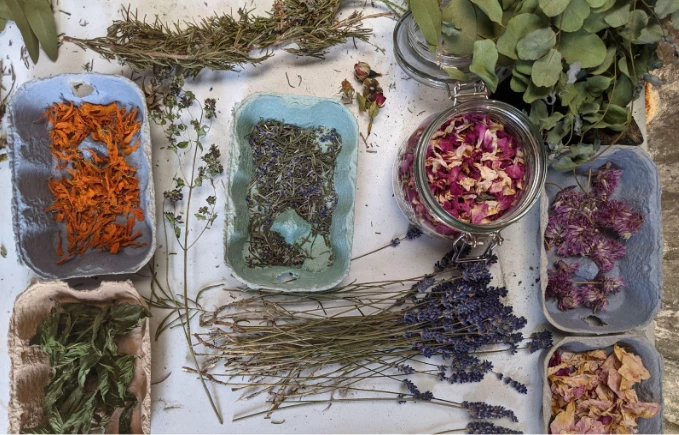1. Grow your own
As with anything, the most meaningful gifts are those produced with love and care, so why not start your own little cut flower area in your garden. You don’t need a lot of space, money or knowledge. One small plant pot or window box is enough to create your own little floral paradise. I would strongly suggest Cut and Come again varieties such as sweet peas and cosmos. Both are cheap and easy to grow, a favourite with insects and come in a variety of sizes to fit in any garden. By far, the best benefit is the more blooms you cut the more grow back providing a constant supply of flowers throughout the summer and early autumn months.
Another excellent option is flowering herbs that are both pretty to look at and tasty to eat. I would highly recommend herbs such as chives, oregano and marjoram. All have beautiful purple flowers that can be used in both cooking and arrangement. There are also several varieties of brightly coloured edible flowers for use in cooking, baking and cocktail making. Rosemary, for example, an evergreen, makes gorgeous decorative wreaths, providing an amazing scent to anyone coming in or out of the door.
When growing your own, try to use organic peat-free compost, seeds and feeds where possible, and if planting in the ground take note of what type of soil you have in your garden. The soil in my garden is clay and boggy and after wasting lots of money on plants that preferred well-drained soil (that ended up essentially drowning), instead I chose plants like hydrangeas which need lots of water and have survived really well. Knowledge is power, people!
And lastly, don't discount wildflowers and weeds that pop up in your garden. Check online or use an identification app to find out if they are safe to use and if they are harmless and pretty, why not use them in a display. The below bouquet is made up of things that just pop up in my garden, out of cracks in paving, behind the shed or hidden in long grass. There is beauty in all things, even if they are not a fashionable peony or tea rose.
2. Making the most of your cut flowers
Wherever you get your flowers from, here are some tips on how to make the most of your blooms ensuring you enjoy them for as long as possible. Apart from florist constructed arrangements which should only require regular fresh water, the majority of bouquets we bring home need some degree of DIY arranging. To get the most out of your display,
- Cut a good inch from the bottom of the stems on an angle so there is the maximum surface area for the stem to take on water.
- Remove any leaves that will be sitting in the water. The bunch may not appear quite as full but this step ensures that the water stays nice and clean.
- Regularly (daily if possible) replace the water in your vase or container. Would you want to drink old water that has been sat out for days? No! Your plants don’t either.
- Ensure any waste (which includes packaging, cut stems and the flowers themselves when they are dead) are put in the correct bin and compost where possible.
3. Dried and flowers
Some plants and flowers are just as good, if not better when they are preserved. Here are some ideas I have enjoyed trying:
Drying flowers is very on-trend at the moment and super easy to do. Take a look online at which foliage and flowers (either in your garden or your vase) are good to dry and then choose which way you would like to dry them. If you are drying whole stems I would advise handing them head down in a dry, dark place ideally with a paper bag wrapper around the heads to deter any insects and catch any seeds. This works especially well with thistles and poppy heads. Alternatively you can dry more delicate flowers, petals and leaves individually using a variety of methods such as a dehydrator, mesh drying rack or placed on some kitchen paper for a few days. I use my mesh drying rack (because my cats sit on the kitchen paper) which I hang in my garage where it’s dry and dark where I dry flower petals for decoration and herbs for teas. My favourite project from last year was making smudge sticks which I tied together with string and hung to dry in my garage for several weeks. A year on and they smell amazing with or without burning.
4. Pressing flowers
Pressing flowers is another fun way of preserving by drying them out. You can either buy a purpose made flower press or use a heavy book to place petals, leaves and delicate flowers in between two sheets of paper. Make sure they are flattened as well as you can, spaced out and turned regularly to prevent rot. The process, depending on the moisture content of the plant, will take up to around two weeks and provide you with little pops of colour for all sorts of craft projects. I have had the most success with rose petals, lavender, pansies, elderflowers and daisies, which I have used in resin to create jewellery, cards and even a rune set.
5. Be inspired by flowers
Sometimes it is easy to get hung up on what we believe we are not good at or what we cannot do. However, just because we are not good enough at something to be professional does not take the joy and love out of what we can create. Every Christmas I try to make at least one handmade gift for my family. For this project I watched lots of YouTube videos and took inspiration from the winter flowers outside. I made lots of mistakes and it isn’t perfect, but I’m so happy with how it turned out and my aunty loved it too. I took inspiration from the holly and pine cones in my garden and through this project, those plants will live on as long as the cushion.
So, get creative; grow, preserve, paint, draw, sew, write, sing; anything inspired by your flowers to extend their lives beyond today. And in doing so, create something that outlives both the flowers and ourselves, further contributing to the ongoing story of flowers and the human species.
Cosmos, sweetpeas, borage and alliums (similar to chives) from my garden, 2021
Rosemary is known for its protective qualities, so is ideal for a front door.
Smudge sticks using homemade lavender, rose, rosemary, sage and bay.
In my runes I used dried marigolds for awareness, roses for psychic ability, elderflowers for summoning and bay leaves for protection. Sources from various witchcraft books.
All materials but the thread in this cushion were upcycled.











